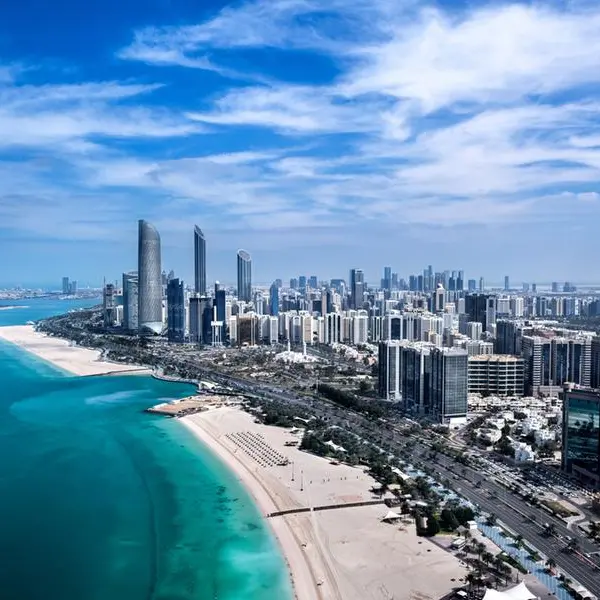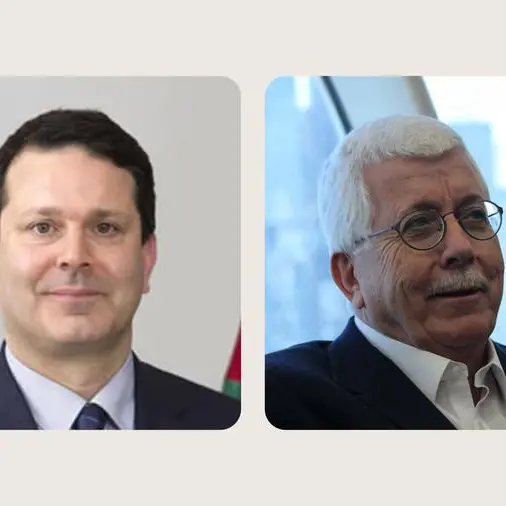PHOTO
Dubai International Airport was named the busiest international airport for the fourth consecutive year in 2017, measured by total passengers at 88.2 million, an increase of 5.5 per cent from 2016. Therefore, it makes sense for the UAE to maximise economic opportunities for its tourist industry by looking at how to positively affect the passenger experience.
Major airports have become key engines powering local economic development, attracting aviation-linked businesses of all types. These include, hotel, entertainment, retail, food and beverage, convention, trade and exhibition complexes, as well as office buildings that accommodate travel-intensive executives and professionals. The rapid expansion of airport-linked commercial facilities is making it one of today's drivers of metropolitan development where travellers and locals alike can conduct business, exchange knowledge, shop, eat, sleep and be entertained without going more than 15 minutes from the airport. This functional and spatial evolution is transforming many city airports into airport cities, also known as the Aerotropolis.
As an architecture firm with a specialist aviation department, Perkins+Will looks at maximising a destination’s economic opportunity by focusing on the end user experience - in the case of aviation, it is the passenger. So, how can we influence purchasing decisions, from which airline to take, to what to purchase from duty-free, to your destination, through design? There are a multitude of factors, but the driver? Understanding your audience.
Tim Martin, Perkins+Will’s Head of Aviation explains it is crucial to look to design closer to passenger emotions:
Airports are a stressful place, often people are charged with emotions when departing or arriving, they are a place that in this day and age effects many people. Only a few decades ago, air travel was a rare experience for the privileged few. Today, most people have traveled on an airplane, and many people fly frequently. We look to understand a passenger’s stress points, their way of finding preference, physical movement and emotional connections with space.
Effective emotional design speaks to two main elements:
First Impressions
The identity and feeling of an airport can install initial trust in a passenger or indeed lose their trust and create anxiety. If there is an aspect of design that evokes negative emotions with the normal person, that memory will stay with them forever, but, conversely, positive signals and calming designed spaces will have a positive impact on passengers. It is more than a ‘welcome to this airport’ sign - it’s how the property functions. Once a passenger is past a favourable first impression, they will look for that next pulse point signal - what do they need to do next and why. Clear navigation and intuitively-designed elements will prepare them for the next process in their journey, guiding them to the destination point.
Perceived Value
Because the average human attention span is short, you need to address ‘what’s the value of the space? Is the space worthwhile spending time in? Is the product or service worth paying for?’ Making the answers to those questions easily attainable will facilitate positive feelings.
It is important to rememeber that not every airport has the same function, so there are scales of airports to consider. Airports can be big aerotropolis cities or they can be part-time used air fields in remote areas. Whatever the size and function, airports need to consider their passengers more effectively, the context of their location and the service that they are providing.
Airports should be seen as a destination space, the business card of that country or region so to speak. Airports should be designed not as large warehouse space with just stuff in them but a place that welcomes and excites, that promotes a sense of pride in a place and a venue where passengers are excited to go to and be in. They should be timeless, they should be adaptable, flexible, they should be about and for the passenger. Therefore, we as architects and designers, need to think outside the box of ways to make the journey through the airport as enjoyable and intuitive as possible. For the greater good of the passenger, the investor and for the community.
A few key focus areas can make a huge difference. Let’s take retail as an obvious one, with traffic in 2018 forecast to grow 2.4 per cent to 90.3 million in Dubai International Airport alone, there is a huge opportunity to increase consumer spending. For retail to truly evolve, it needs to be more inclusive of non-passengers. We should look to create a destination where, not only can passengers spend more time with their loved ones, but the space can be used outside of ‘strictly for travel’ purposes. This, to me, seems a very obvious and natural step, and I am looking forward to see who the pioneer will be.
While stress points in airports are an element of contention, there are many ways to alleviate this factor. A research document published by Rutgers Business School in 2016 shows that consumers in a state of stress are far less willing to spend than consumers in a positive state of mind, specifically feeling in control of their environment. So, as designers it is our job to create that positive feeling and reduce stress in order to encourage passenger spending, amount of dwell time in an airport and their likelihood of a return visit. Stress can be affected by anything from long queues to colours, or travel distance. For example, passengers do not like to walk further than 250 metres at any given time, so what can we do about this? We can break up long distances by installing travellators or adding an experience. Stress is impacted by almost every touch point a passenger will experience including ease of wayfinding, security transparency and the development of a sense of location. Because all passengers are different, it is also important to ensure space remains flexible, physically and technically, space should be experiential.
Bringing the balm of nature indoors is a key objective within an airport terminal. Research shows people’s ability to focus and relax goes up when they see and experience nature. As an example, a space that mimics an outdoor nature experience would have a much higher success and occupancy rate should it be free to the passengers to make use of and spend time in it. Thus also giving operators a return on their investment.
An airport is basically a large processor, there are of course compulsory processes that need to be followed for international security and safety and there are many think tanks on how to break down these processes to make it easier for the passenger. However, there is still a large element of the unknown for the passenger. We want to make them feel included in the process and part of it rather than giving them additional stress of what process is next and why.
Operators and owners need to make money, of course, they also need to keep up with the pace of the passenger and their needs and wants. 2018 is forecast to see over 4.3 billion boarded passengers globally, a big market opportunity. Airports and airlines alike will be fundamental in driving these 4.3 billion destination and travel decisions. Now is the time to invest in the future of aviation.
Designed airport spaces that retain the passenger will result in ROI. Countries are realising the importance of their infrastructures and the need to invest. The airport industry is a collection of big employers and their success effects not just those that work and pass through the space - they impact the community as a whole.
The bottom line is that aerotropolis development and ‘smart urban growth’ that is both economically efficient and environmentally, resident, visitor and worker-friendly, can and should go hand-in-hand.
-Ends-
About Perkins+Will
Established in 1935, Perkins+Will is a global interdisciplinary, research-based architecture and design firm founded on the belief that design has the power to transform lives and enhance communities. We collaborate with clients around the world to create healthy, sustainable places in which to live, learn, work, play and heal, by focusing on the human experience of the space - how they interact with each other and their environment, physically, mentally and emotionally - rather than just grand aesthetics. We have more than 2,200 professionals across over 20 Perkins+Will offices in six countries, including some of the brightest minds in architecture, interior design, branded environments, urban design and landscape architecture. For more information, visit www.perkinswill.com.
© Press Release 2018










